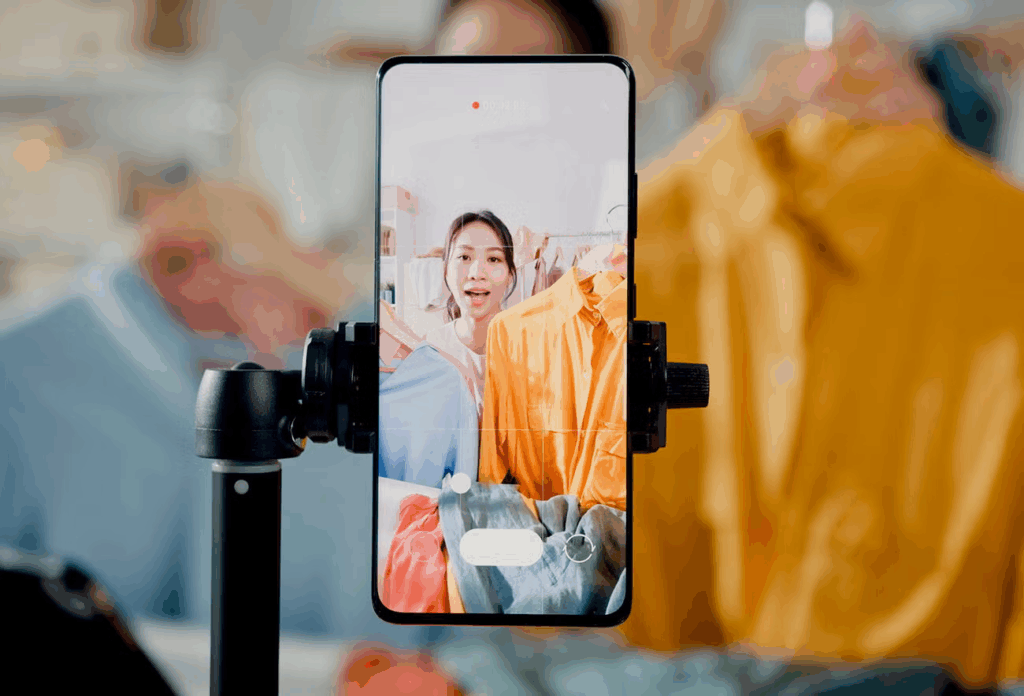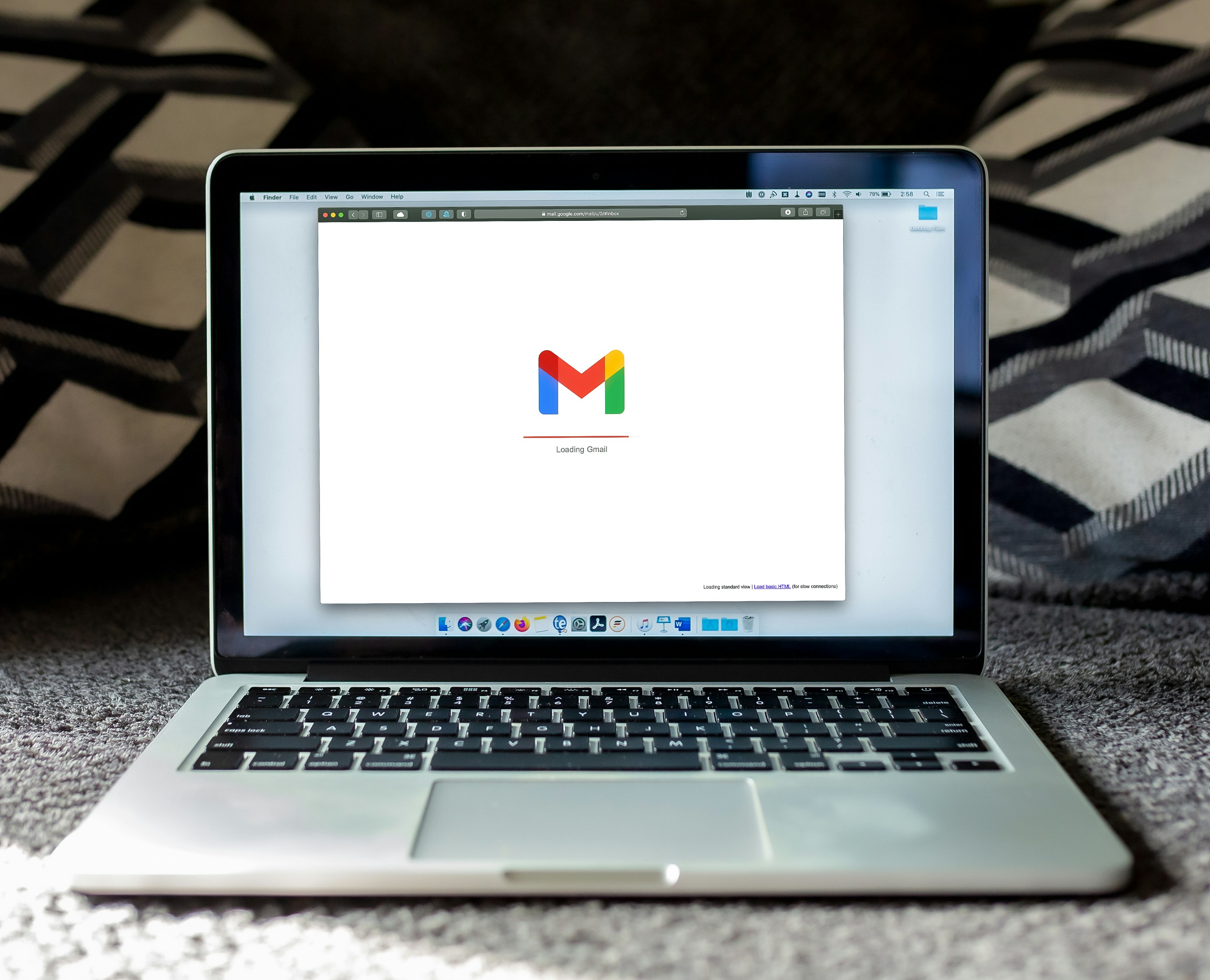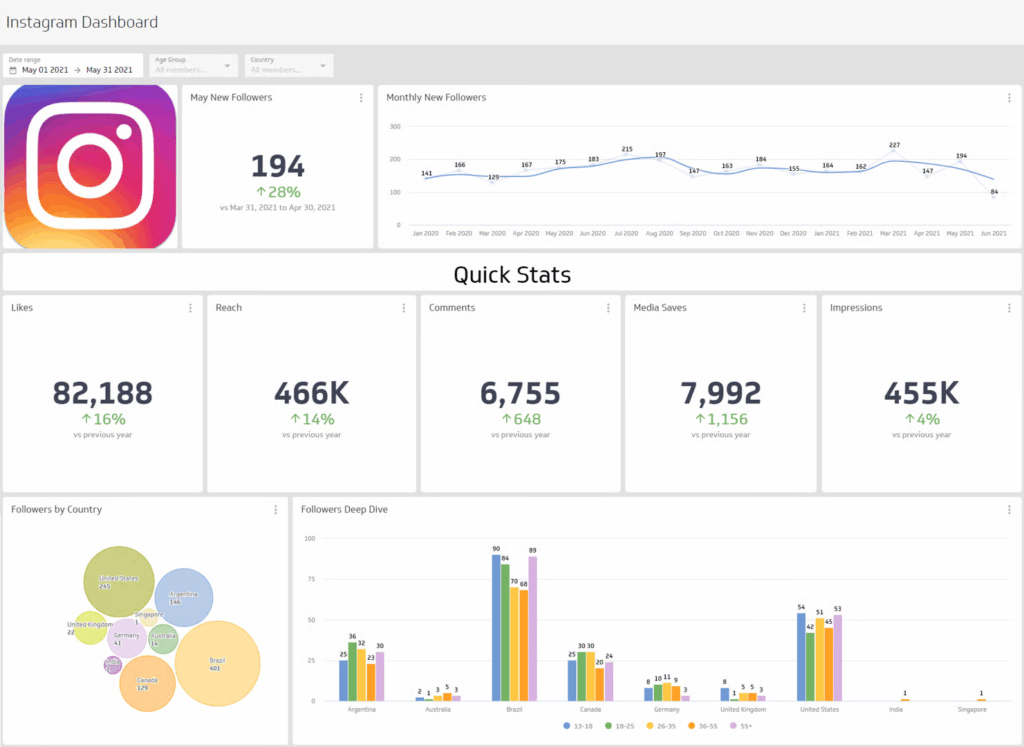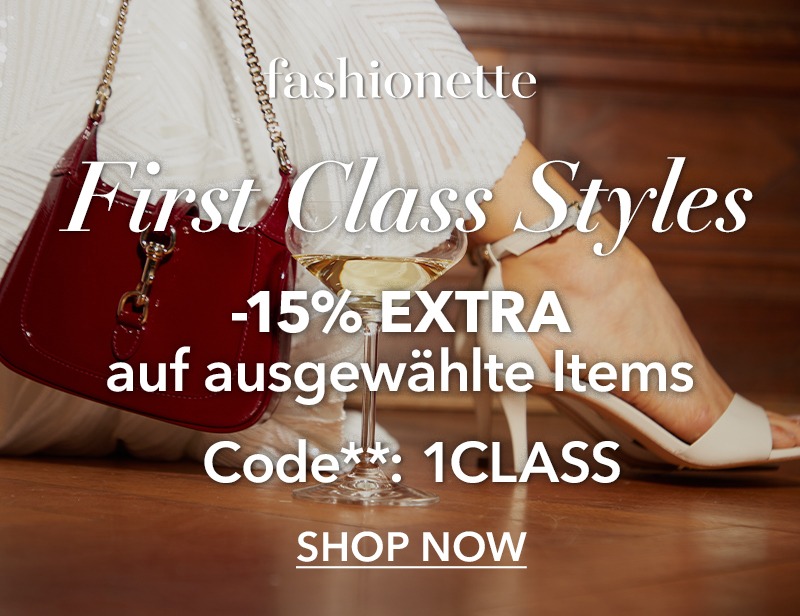Meta Description: Explore how fashion brands are using social media to connect with consumers, drive sales, and lead digital trends. Discover strategies that are redefining the fashion industry in 2025.
In today’s digital-first world, social media has become a dominant force in shaping how we discover, engage with, and purchase fashion. From Instagram reels to TikTok trends, platforms are now essential tools for fashion brands to build their identity, communicate with customers, and stay ahead of the competition. But it’s not just about pretty pictures—it’s about building a community, storytelling, and creating authentic experiences.
1. The Rise of Visual Platforms: Instagram and TikTok

Instagram and TikTok continue to lead the pack for visual-driven content. Fashion brands utilize these platforms not just to showcase their latest collections but to highlight behind-the-scenes moments, user-generated content, and influencer collaborations. With features like Reels and Stories, brands are sharing everything from runway shows to style tutorials in digestible, engaging formats. TikTok, in particular, has allowed even lesser-known brands to go viral overnight, thanks to its algorithm and trend-driven culture.
2. Influencer Marketing: Collaborations That Convert

One of the most powerful strategies for fashion brands is partnering with influencers who align with their aesthetic and values. These collaborations bring authenticity to brand promotions. Rather than traditional ads, influencers create organic content that resonates with followers. From mega-influencers with millions of followers to micro-influencers with niche audiences, these voices help brands extend their reach and build trust. In 2025, authenticity is the new luxury.
3. Community Building Through Engagement

It’s no longer enough to post and promote. Today, fashion brands succeed when they cultivate an engaged, loyal community. This means responding to comments, re-sharing user content, and starting conversations around values like sustainability and diversity. Tools like polls, Q&As, and Instagram Live sessions are being used to turn followers into fans and customers into brand advocates.
4. User-Generated Content: Real People, Real Style

More brands are encouraging their customers to share how they style products using branded hashtags or tagging the company. This user-generated content (UGC) is then reshared by the brand, creating a sense of community and authenticity. UGC not only boosts engagement but also serves as social proof, influencing potential buyers with real-world style examples.
5. Livestream Shopping and Social Commerce

Social commerce is reshaping the retail landscape. Platforms like Instagram, Facebook, and TikTok now offer integrated shopping features that let users buy products without leaving the app. Livestream shopping events—where hosts try on clothes, offer styling tips, and answer questions in real-time—are bringing back the excitement of in-store shopping with digital convenience. Fashion brands are quickly embracing this as a way to humanize their online presence and drive impulse buys.
6. Sustainability and Transparency Through Social Media

Consumers are increasingly interested in how their clothes are made. Social media has given fashion brands a platform to share their sustainability initiatives, production processes, and ethical sourcing stories. Brands like Reformation and Stella McCartney use their feeds to not only showcase fashion but also educate and inspire their audience to make conscious choices.
7. Storytelling Through Video Content

Video is king in 2025. Whether it’s a stylized fashion film, a TikTok challenge, or a YouTube vlog, video content offers richer storytelling. Fashion brands are investing in mini-documentaries about their collections, showcasing the craftsmanship behind pieces, or highlighting customer testimonials. This helps create an emotional connection that static imagery often cannot convey.
8. The Role of AI and Personalization

AI tools now help fashion brands personalize content for individual users. From automated DMs that recommend outfits to AI-powered styling bots, technology is enhancing the customer experience. Data collected through social interactions is also helping brands better understand what resonates with their audience, allowing them to adjust campaigns in real-time.
9. Managing Reputation and Crisis on Social Media
In the fast-paced world of digital media, fashion brands must be ready to respond to both praise and criticism. Transparency, timely communication, and genuine responses to controversies or missteps are crucial for maintaining public trust. Social media gives brands a direct line to their audience—but it also means being held accountable in real time.
10. Measuring Success: Metrics That Matter

Likes and followers used to be the gold standard, but now fashion brands are looking at deeper metrics: engagement rates, click-throughs, ROI, and conversion rates. Tools like Google Analytics, Meta Business Suite, and social listening software help marketers fine-tune their strategies for maximum impact.
Conclusion
The landscape of the fashion world has been permanently reshaped by social media. From community engagement and influencer partnerships to e-commerce integrations and storytelling innovations, the possibilities are endless. Fashion brands that harness the full power of social media not only reach more people but create lasting relationships, enhance transparency, and drive real business results. In a time where trends move at the speed of a scroll, adapting and innovating online is not just important—it’s essential for survival.
Tags: fashion brands, social media marketing, fashion digital strategy, influencer campaigns, e-commerce fashion
